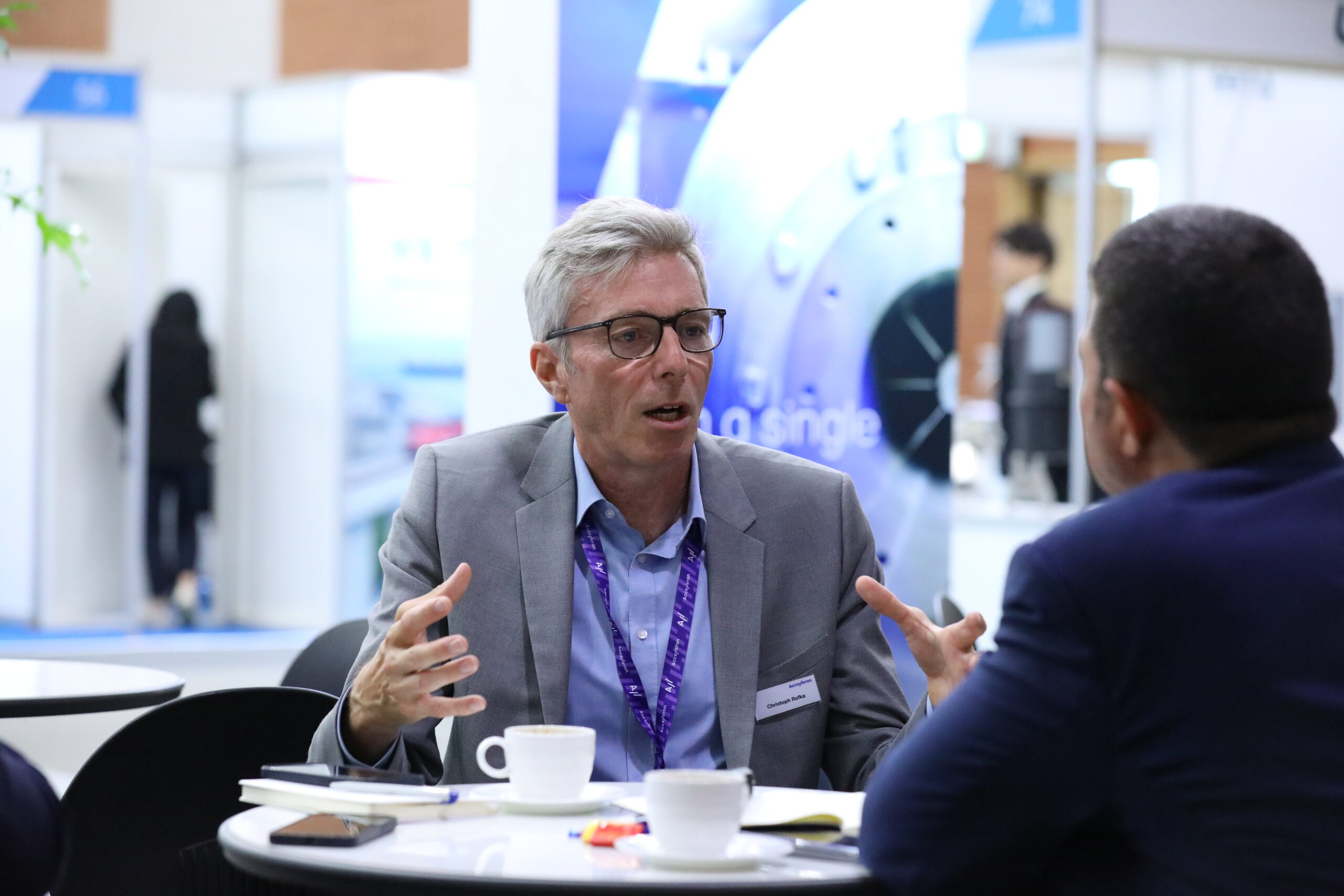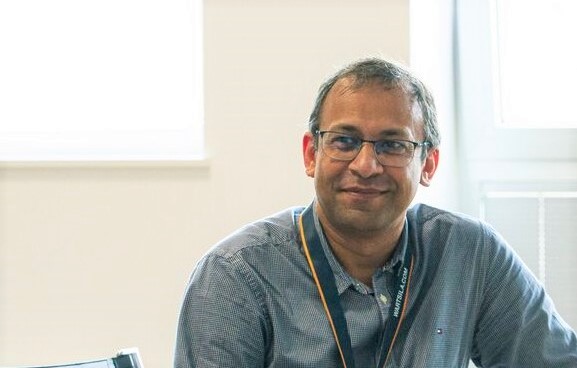Technology providers are pedalling harder than ever to meet the accelerating product development cycles needed in shipping’s drive towards decarbonisation.
Confronted with an emissions target that is unachievable with current technology, marine equipment manufacturers are working full throttle to deliver new solutions. While ship operators will not need reminding of the overwhelming array of options facing them as they look to decarbonise their vessels, the accelerated pace of innovation is also adapting the way that technology providers are developing equipment, with important implications for end users.
Getting ship technology to market fast is no easy feat. As Christoph Rofka, President of turbocharger company Accelleron’s low- and medium-speed division notes, the safety and reliability demands of maritime mean that the modern approach of ‘minimum viable product’ – launching a trial version of a product with just enough features to be usable by early customers – is simply not applicable.
“We’re not software developers,” Rofka says. “When you’re dealing with iron and high-speed turbomachinery, you can’t release a product that might or might not work.”
That need for ironclad safety and reliability has traditionally meant long product development cycles for maritime machinery. But as Rofka points out, current cycles are anything but conventional. The days of taking five years to develop a product that was tightly defined at the start of the process are long gone as operators seek to comply with environmental regulation that demands big steps in efficiency each year.
For Accelleron’s latest product release, the X300 series of low-speed turbochargers, the company tried to break the conventional cycle. Rofka explains that the supplier realised it had to “learn how to learn fast” and how to incorporate those learnings into its offering quickly.

Decoupling product and development
“Five years back we started to develop core components ahead of product development,” he says. “We used to run this in parallel, with the consequence that the biggest risk, qualifying the rotor, came very late. We gave the designers more freedom to fail, and they came up with something we did not think was possible in such a mature technology.”
The result was a big reduction in the weight of core components, improving power density – a pre-requisite for any new turbocharger generation – but also serviceability. The reduced weight meant that the components can be more easily handled by crew on board and, combined with a new cartridge-based design, can be totally replaced in a regular port stay.
That decouples turbocharger servicing from the drydocking schedule and allows operators to use the full time between overhauls, potentially cutting major service incidents from four to three over a 25-year period. It also means that users can easily upgrade turbochargers in case of new technology improvements or, crucially, in case they switch to using new fuels.
The design challenge is multiplied for products designed to be installed on existing vessels, rather than during the initial shipbuilding. Regulations like IMO’s Carbon Intensity Indicator are encouraging ship operators to give more consideration to mid-life efficiency upgrades including the installation of energy saving technologies. And, as Maersk’s plan announced this week highlights, engine retrofits are also emerging as a means to ensure that in-service vessels can meet longer-term emissions targets and reduce exposure to carbon price measures.
Starting at the end (user)
For Sangram Nanda, lead product development engineer for Wärtsilä’s two-stroke service business, designing retrofit products requires more planning and collaboration. Every vessel (or at least every vessel series) is unique, meaning the installation on one vessel may not work on another. Creating a technology that fits most ships is tricky.
At the same time, retrofits need to be delivered without the prolonged testing and fine-tuning opportunity afforded by a sea trial, so have to function well from the moment they are installed. Any delay caused by installation challenges is also far more disruptive, taking the vessel off hire rather than simply extending the newbuild project.
Nanda says: “We are used to building engines that are shop tested, then go for sea trials, and do out the rest of their life with some small upgrades. Now we’re talking about big upgrades on the engine to make it flexible. And that from a development and innovation perspective that becomes a different ballgame because you have boundaries that are set and you have to work within those. Some of the things that you can implement on newbuilds, you cannot.”

One solution to those challenges is to work closely with end users from an early stage in development. This was the approach Wärtsilä adopted when designing its radical engine derating concept, Fit4Power, and fuel flexibility conversion platform, Fit4Fuel. The group engaged pilot customer MSC from almost the beginning of the design of its two new products, taking onboard the container ship operator’s specific requirements from the start.
Nanda explains that the two-stroke conversion concepts were the first new product developments where a customer worked so closely with Wärtsilä. The key, he says, was to bring together experts on both sides, synchronising the priorities of the development team and the ultimate end user.
“We should never underestimate the influence of engineers talking to engineers,” he says “You can make things happen if the ship operator understands how the system is built. This needs a lot of focus and a lot of discussions, and some of those discussions are not easy, but they are extremely important – and the reason why they are ultimately prepared to take the risk.”
The first stage of the pilot retrofit Fit4Power retrofit is now taking place on an MSC containership. The engine is first being radically derated, halving power to reduce fuel consumption and improve engine efficiency. In the second step the conventional engine will be retrofitted for LNG and then, a year later, for ammonia fuel.
Moving to modularity
One key to the stepped approach adopted by Wärtsilä – from fuel efficiency to one fuel and then another – is to simplify the product design as much as possible. For Fit4Fuels, this means both ensuring that complexity is not added to the fuel chain, and reducing the number of elements that need to be changed at every stage. At a time when mid-life modifications are likely to be needed to keep up with the increasing stringency of environmental targets, those are important considerations for all products.
The search for modularity goes beyond the installation itself, says Nanda, encompassing a holistic view of the ship’s fuel system. “One key is trying to take the fuel as it is. The processing of the fuel should be minimum, because any processing needs an energy input and that is CO2 going out the stack. We don’t want to have big compressors or go to higher pressures if they are not needed.”
For Fit4Fuels, this concept is best presented through the on-engine pressure amplifier. It features a self-contained power generation source that uses excess heat from the engine, reducing the need for extra energy use. And when the operator wants to change fuel, the amplifier module can replaced depending on the volume requirements of the new fuel. The same idea applies to fuel injection, where the body of the injector remains similar and just the nozzle and injector tips need to be changed depending on the fuel used. Then it is just a question of tweaking software settings for valve timings and, if needed, compression ratios.
“The customer aim was freedom of deployment,” says Nanda. “The idea is that if you are operating on a route using LNG and need to transfer the vessel to another route where only ammonia is available, you can make the changes. Our goal in developing the platform is to see how fast and easy it can be to make those changes.”
Reducing complexity
Modularity is also at the heart of the Accelleron X300 turbocharger series. As noted above, the ability to switch out the entire turbocharger for either servicing or fuel upgrades is a key feature. As well as the reduced size of components, this is also supported by a dramatic reduction in the number of components that Accelleron needs to adapt.
The entire power range of low-speed engines is catered for by just two turbocharger sizes, as opposed to five sizes for the previous A200 series. This means that the company can focus on developing fewer versions of each product, and that the service exchange pool of each component can be applied to more vessels, improving availability for operators.
Reducing the complexity of the product portfolio in this way was only possible due to the component developments achieved under the Accelleron’s accelerated innovation process. The upper power ranges of large engines are catered for thanks to a new twin turbocharger concept – only achievable thanks to the greater power density of the X300 series – that can offer considerable weight and footprint advantages compared to a much larger single turbocharger.
Cutting down the number of components developed and deployed has other benefits too. Twin turbochargers means more flexibility in cut-out options, where turbochargers are stopped or run at lower speed to increase the pressure of scavenging and compression air. This flexibility will support ship operators as they seek to either run vessels at lower loads to reduce fuel consumption, or as they need to operate on expensive alternative fuels at maximal efficiency.
Fuel flexibility and an increased demand for mid-life upgrades are fundamental aspects of the move to decarbonised shipping. As developments at Accelleron and Wärtsilä, technology suppliers are working hard (and fast) to make those changes as simple as possible. For ship operators, the shift will necessitate closer collaboration with the companies whose technologies they use, and a longer term perspective – ideally from initial design stage – on their vessel’s technical pathway to zero emissions.
































